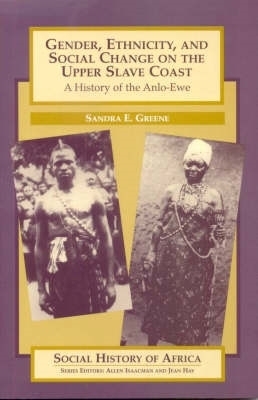Social History of Africa S.
1 total work
Gender, Ethnicity and Social Change on the Upper Slave Coast
by Sandra E Greene
Published 1 January 1996
The focus is on the history of the Anlo-Ewe of south-eastern Ghana from the 17th-19th centuries, though in the last two chapters the author extends her analysis to the 20th century. The changing boundary between 'we' and 'they' isdocumented, as the community absorbed refugees, traders and conquerors. As family elders competed for limited resources, they began to sacrifice the interests of young women under their authority. The women reacted against beingmarginalized, and aligned themselves with non-kin, who most often were religiously influential ethnic outsiders in the community. By the end of the 19th century, the boundary between 'we' and 'they', and the way in which men and women interacted, had changed significantly.
